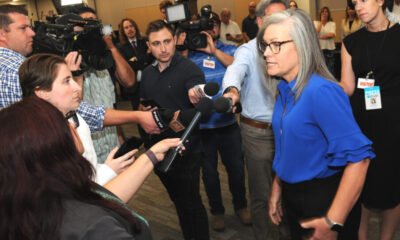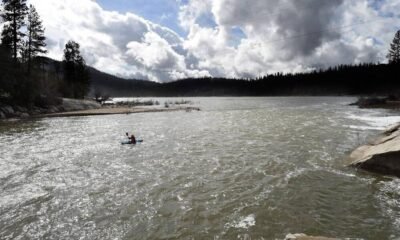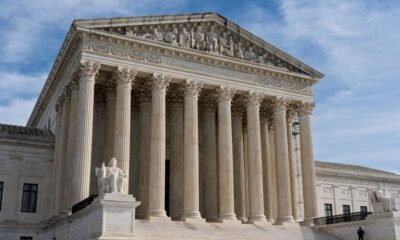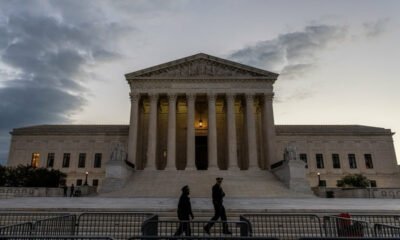Business
Public Lands for Sale: Unpacking Trump’s Controversial Land-Transfer Scheme

The Trump administration is preparing to transfer public land, a long-sought objective for conservatives aiming to diminish federal oversight in the West. With over 640 million acres under federal management, this initiative aligns closely with the interests of high-profile politicians and developers.
Last month, the Interior Department and the Department of Housing and Urban Development unveiled a plan aimed at making significant areas of government land available for development. Interior Secretary Doug Burgum heralded this move, referring to it as a step toward ushering in a “Golden Age” for public resource utilization.
Details about the identification of specific parcels for sale remain scarce. Burgum hinted at the potential sale of hundreds of thousands of acres near urban areas, while Bureau of Land Management acting director Jon Raby noted that consideration would extend to lands within 10 miles of towns housing 5,000 residents. Critics express skepticism about the administration’s approach, fearing that inadequate coordination or planning may characterize this initiative.
A task force is expected to present findings to the National Economic Council, outlining potential housing development on identified parcels while also seeking to simplify the regulatory process governing land transfers. The Interior Department stated that “all options are being explored,” although no interviews were conducted to clarify these plans.
Concerns regarding conflicts of interest arise from Burgum’s connections to the Yellowstone Club, a luxury real estate development he has not divested from. This exclusive community, substantial in its own right, underscores the broader implications of allowing private entities greater access to public lands. Especially troubling is the club’s history of acquiring federal land, resulting in diminished public access to recreational areas.
Recent exchanges have raised significant ethical questions. A swap finalized during the Trump administration reportedly limited public access to previously available land while enriching private interests. Critics argue that these transactions systematically restrict the public’s ability to enjoy natural resources, converting many formerly shared spaces into private domains.
Statements from the Yellowstone Club maintain that Burgum’s involvement was non-existent in specific land exchanges. However, environmental groups assert that such deals typically prioritize private profit over public benefit, often obscuring the implications for conservation and public access.
In light of the ongoing conversation about affordable housing, Burgum’s administration touts these land transactions as a potential solution. However, housing experts point out that the issue is more complex. Many of the managed lands are in remote areas disconnected from necessary infrastructure, questioning the suitability of these places for affordable housing development.
Widespread public disapproval lingers around initiatives to sell federal lands. Polling has shown that a significant majority of Western voters oppose this approach to alleviate housing shortages, reflecting a broader unwillingness to surrender public lands to private interests. Past efforts to privatize federal land have consistently met with backlash, signaling that public sentiment may not align with political agendas.
Despite the administration’s claims of providing affordable housing solutions through public land sales, critics highlight the risks of prioritizing profit over community needs. They warn that without proper oversight, these developments could become exclusive enclaves for the wealthy rather than serving the intended purpose of aiding low-income families.
The push for transferring federal land emerges from a historical context marked by ongoing efforts to diminish federal oversight of public lands. Previous administrations have seen similar movements, further urging the need for careful consideration of the implications involved.


















